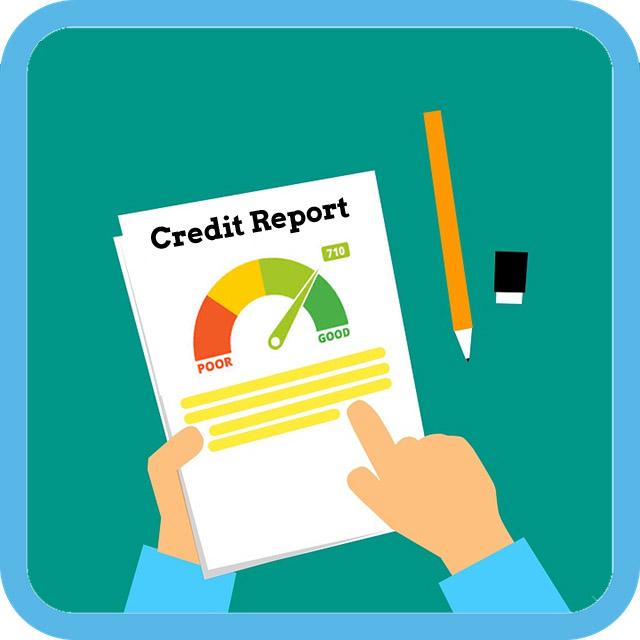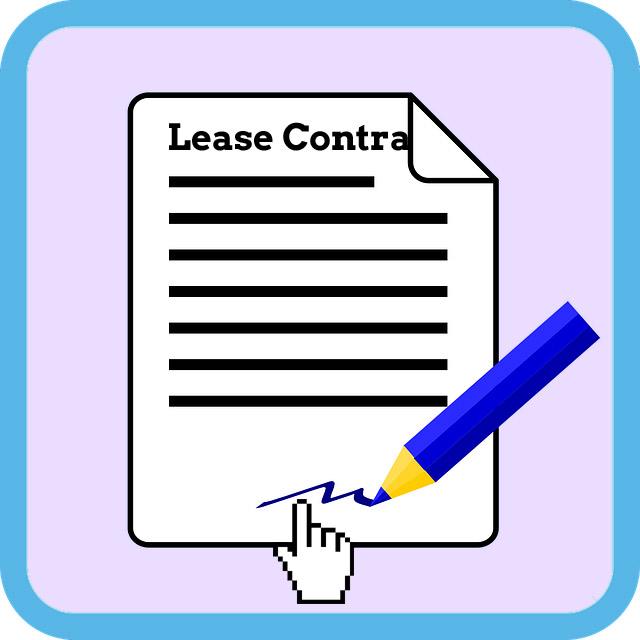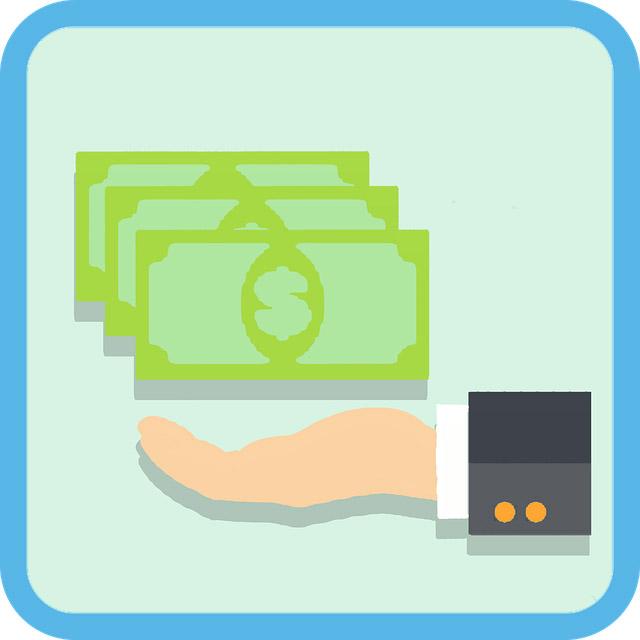
Not a big ol’ nerd for personal finance and real estate like I am?
No sweat. We’ll keep the math simple.
After all, math is a lot more fun when you’re calculating your future riches, right? Break out a cocktail napkin (and a cocktail to match), because calculating cap rates for real estate investments really are that simple.
What Are Cap Rates in Real Estate?
Real estate investors who aim for ongoing income use capitalization rates, or cap rates for short, to measure the income returns on a property. In other words, the property’s annual yield.
The cap rate on a rental property is simply the ratio of its annual net income to its purchase price. Specifically, a property’s net operating income or NOI.
How to Calculate Cap Rates for a Rental Property
The capitalization rate real estate formula is about as simple as it gets. It’s literally third grade division:
![]()
So, if you’re looking at a rental property priced at $100,000, and the annual NOI is $10,000, then the cap rate would be 10%: $10,000 annual income / $100,000 price.
Pretty easy, right?
Okay, But How Do I Calculate NOI?
The real meat of how to calculate cap rates in real estate actually lies in calculating net operating income. The math is easy enough: the total annual rents (gross income), minus the following expenses:
- Property taxes
- Insurance
- Maintenance/repairs
- Vacancy rate
- Property management fees
Again, the math is easy — the hard part is accurately forecasting each expense number. Knowing that a property will require $2,400 in maintenance and repairs each year on average, rather than $1,500.
Let’s continue our example above, with the $100,000 property. Say the property rents for $1,500/month, for a gross annual income of $18,000. To calculate the net operating income, we’ll subtract out:
- Property taxes: $1,000
- Insurance: $1,000
- Maintenance/repairs: $2,400
- Vacancy rate: $1,800 (10%)
- Property management fees: $1,800 (10%)
Which totals $8,000 in operating costs, so $18,000 gross income minus $8,000 in operating expenses leaves the property with $10,000 net operating income.
See? This is third grade math. Maybe second grade for the gifted-and-talented crowd.
Notice that mortgage interest is not included. Likewise, closing costs are not included with the purchase price. Borrowing costs are not a part of this calculation.
Cap Rate Calculator
Our free rental property calculator includes cap rates in the results, alongside monthly cash flow and cash-on-cash return. As you learn how to calculate cap rates for rental property, play around with our free cap rate calculator.
Using real numbers on real properties helps you internalize both the concepts and the math quickly. Plus, did I mention it’s free?
(article continues below)
Free Tools to Automate Your Rentals:
How Are Cap Rates in Real Estate Useful?
Cap rates are a quick-‘n-dirty way to estimate the potential return for an income property. While still based on estimates and projections, cap rates make for a simple way to evaluate potential investment properties.
Note that some property types tend to offer higher cap rates than others. Multifamily properties typically offer higher cap rates than single-family homes, and often the more units, the higher the cap rate.
Using Cap Rates to Compare Properties
You can use cap rates to compare similar properties. If two nearly identical properties in the same neighborhood have different cap rates, the one with the higher capitalization rate is likely a better investment.
For instance, Property A generates $15,000 in net operating income, and costs $150,000 (cap rate: 10%). Property B generates $15,000 in net operating income, and costs $165,000 (cap rate: 9.09%). On paper, Property A is the better investment.
But keep in mind that might also indicate that the property with the higher cap rate comes with hidden risks or problems. Perhaps the seller knows something about the building that you don’t. Maybe they’ve stuffed the property with low-quality tenants willing to pay higher rents because the seller turned a blind eye to their bad credit history. In that case, the seller is hoping to score a fast sale from an investor foolish enough to rush their due diligence.
In theory, higher cap rates on rental properties mean higher cash flow in the real world. But returns on paper don’t always match returns in reality.
 Using Cap Rates to Compare Markets
Using Cap Rates to Compare Markets
Some real estate markets offer better cap rates than others. For example, cap rates in Indianapolis are far higher than cap rates in San Francisco. Check out our list of the best cities for cap rates in the US for more examples and great cities for rental investing. While you’re at it, check out this interactive map of the best cities for real estate investing by gross rent multiplier.
Go beyond the city level however, when using capitalization rates to compare markets. Within the same city, compare cap rates for different neighborhoods.
As a general rule, the better the quality of the neighborhood, the lower the cap rates. High rent neighborhoods usually come with less risk: more reliable renters with higher credit scores, lower crime rates, less turnover. Also, as the percentage of homeowners in a neighborhood rises, it drives up housing prices, as homeowners pay retail pricing. Investors need to earn a return, which requires a lower gross rent multiplier (GRM = rent-to-price ratio).
Look for neighborhoods with high cap rates but low risk factors like crime rates and turnover rates.
What Are Cap Rates’ Limitations?
Sure, cap rates make for a good calculation you can do on a cocktail napkin, but they have plenty of limitations.
To begin with, they don’t include the cost of financing. What if you can secure a better investment property loan for Building A over Building B? That could mean a lower interest rate, but it could also mean a lower down payment.
And speaking of down payments, your cash-on-cash return is ultimately a more useful number. If you’re putting up $15,000 in cash for a deal, what annual return can you expect on that cash?
Cap rates only look at the building’s potential performance, not the return on investment you personally can expect to earn. Calculating out a detailed cash flow projection, showcasing all of your monthly expenses (including your mortgage payment) will give you a more accurate sense of your potential rate of return and the true monthly reality of managing that property.
Don’t confuse a property’s cap rate with your actual return on investment.
(article continues below)
Using Cap Rates to Calculate Value
Imagine you’re considering buying a multifamily building. Say you want a cap rate of at least 10%, and the NOI on this particular real estate property is $25,000. By working backwards, that means the absolute most you should spend on that building is $250,000. ($25,000 / .10 = $250,000. Seriously don’t stress over this math!)
If the seller is asking $275,000, at least you know where to draw the line for your final offer, when negotiating.
Similarly, if you know the seller’s rock-bottom price and your own minimum cap rate, you can then evaluate whether the property’s rental income is sufficient.
And who knows? Maybe you can find ways to improve the net operating income, with a few strategic upgrades to coax a better return out of the property.
What’s a Good Cap Rate on a Rental Property?
Talk about a loaded question! Do you really expect us to answer that? Well, okay, maybe just a little.
Real estate investments come with risks and labor that most other investments don’t. Consider U.S. Treasury bonds that pay a 3% return — these are practically risk-free and labor-free. When investing in rental properties, you need to account for the extra level of risk and labor that come with them.
This is known as risk premium: the extra return that you can expect to earn from a given investment, over a virtually risk-free investment such as a Treasury bond. If a risk-free investment pays 3%, and an income property has a potential return of 7%, then the risk premium is 4%.
And what about a labor premium? You could invest in a mutual fund or even private REITs like Streitwise and Fundrise, and not have to hassle with tenants calling you at 3AM to scream that they saw a cockroach.
Personally, I wouldn’t invest in any residential property that won’t deliver at least a 7-8% return. Otherwise, the juice just isn’t worth the squeeze. But for Class A, extremely low-risk properties with minimal headaches, lower returns may be acceptable.
Only as Good as Your Expense Accuracy
Capitalization rates are not the be-all, end-all metric for evaluating income properties. But they’re useful in comparing similar properties, and as a quick shorthand for real estate investors.
Cash flow calculations and cash-on-cash returns make for better evaluations, but they too are only as good as your expense forecasting. If you estimate a 5% vacancy rate and $1,000/year in maintenance costs for a property that actually has a 15% vacancy rate and costs an average of $3,000/year in maintenance costs, you’re going to lose money.
If you want to get the most out of cap rate, cash flow and ROI projections, make sure your expense estimates are accurate. When in doubt, round up on vacancy rates and repairs in particular.
And we meant what we said about doing these numbers on a cocktail napkin. Just don’t forget the cocktail.
Do you use cap rates when evaluating prospective rental properties? What’s been your experience with them? What’s your favorite cocktail to drink when calculating them? Mine’s a southside, by the way.



























I like to drink an old fashioned while calculating cap rates. Just thought I’d share
I love a good old fashioned. I feel an bit of orange peel adds a great deal to it.
I think everyone in real estate investing needs to know about cap rates. Thank you for sharing.
Agreed Patrick!
Very well-written blog on cap rates. Thank you for sharing with us.
Much appreciated Koman!
Thanks Koman, glad it was helpful!
I cap rates calculation is a must. Evaluating your prospects will increase your income. Thanks for sharing!
Agreed Adam!
The free rental property calculator is really helpful. Thanks!
Glad to hear it Ivan!